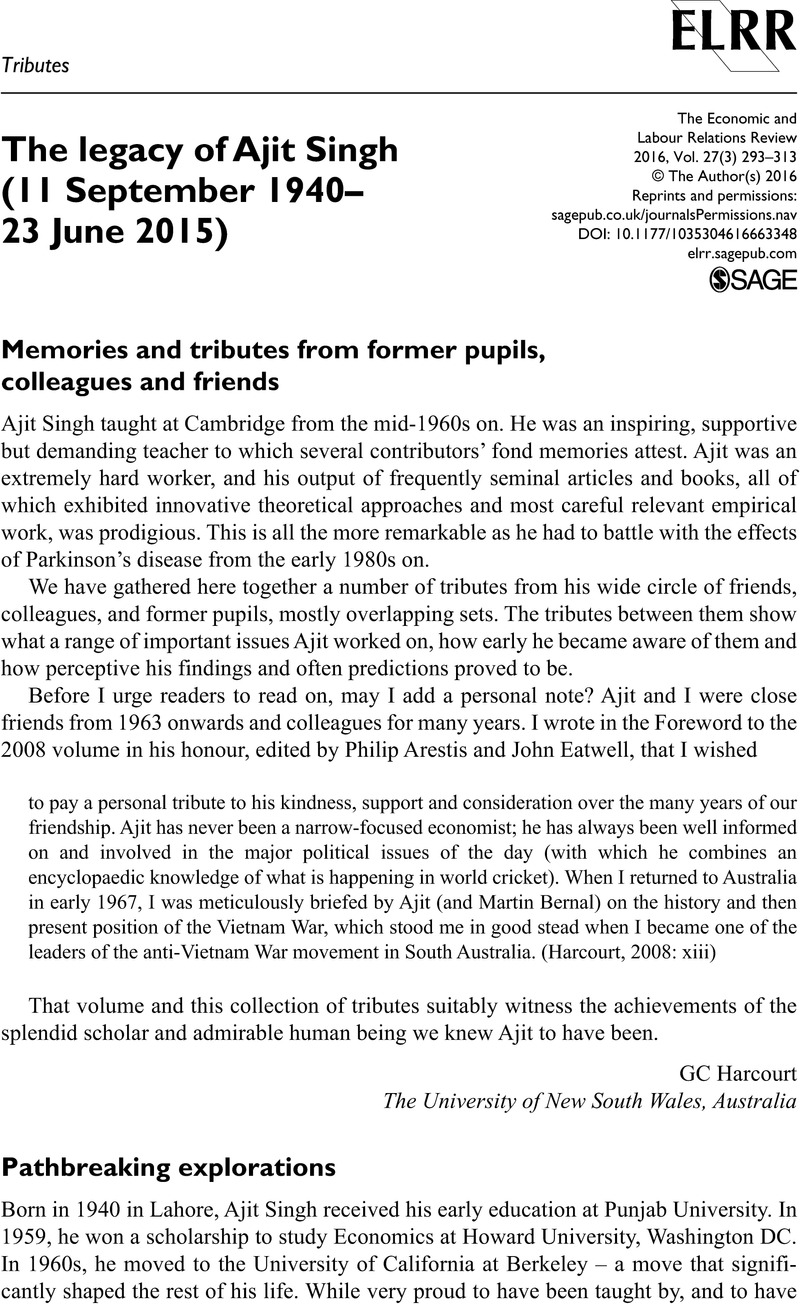Crossref Citations
This article has been cited by the following publications. This list is generated based on data provided by Crossref.
Saith, Ashwani
2019.
Ajit Singh of Cambridge and Chandigarh.
p.
309.
Saith, Ashwani
2019.
Ajit Singh of Cambridge and Chandigarh.
p.
273.
Saith, Ashwani
2019.
Ajit Singh of Cambridge and Chandigarh.
p.
175.
Saith, Ashwani
2019.
Ajit Singh of Cambridge and Chandigarh.
p.
149.
Saith, Ashwani
2019.
Ajit Singh of Cambridge and Chandigarh.
p.
85.
Saith, Ashwani
2019.
Ajit Singh of Cambridge and Chandigarh.
p.
55.
Saith, Ashwani
2019.
Ajit Singh of Cambridge and Chandigarh.
p.
33.
Saith, Ashwani
2019.
Ajit Singh of Cambridge and Chandigarh.
p.
325.
Saith, Ashwani
2022.
Cambridge Economics in the Post-Keynesian Era.
p.
69.





